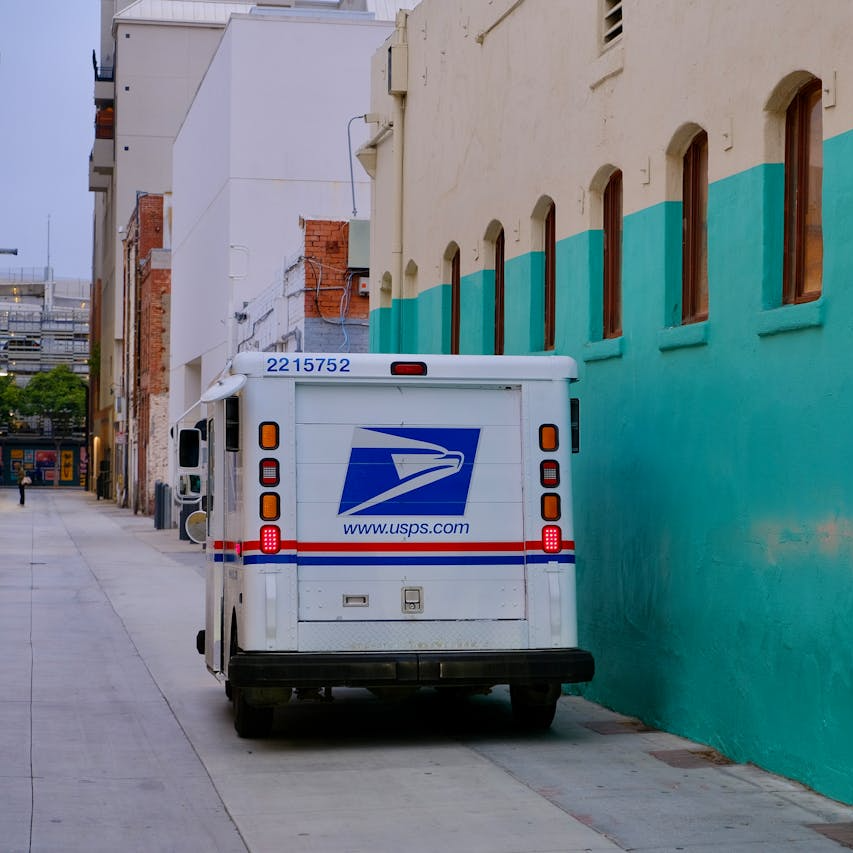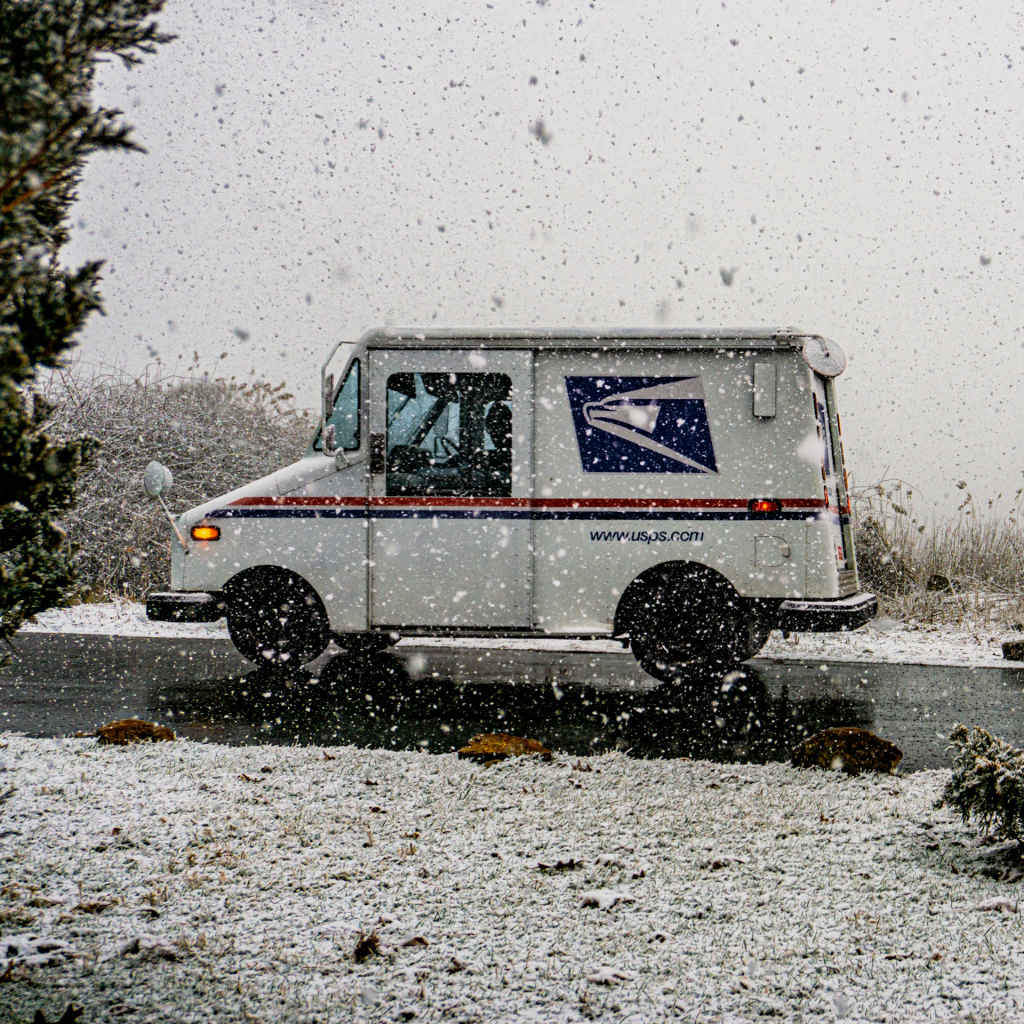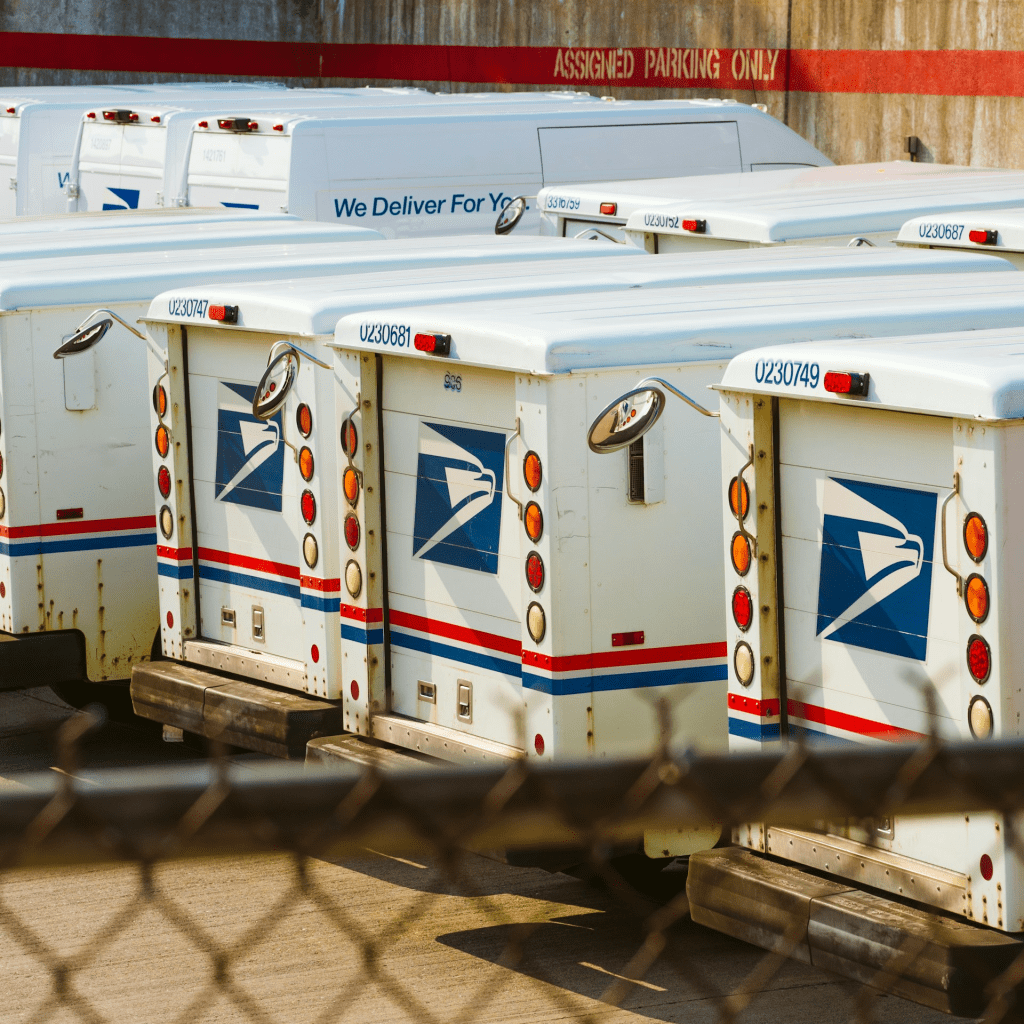What You Actually Pay in PSHB After Government Contributions Are Factored In

Key Takeaways
In 2025, the government pays approximately 70% of your PSHB premium, but the remaining 30% can still represent a significant monthly cost—especially for family coverage.Your r…
How Your Biweekly Contribution Doesn’t Tell the Whole Story on Plan Costs

Key Takeaways
Your biweekly premium only represents part of your total healthcare s…
The True Cost of Your Health Plan: Breaking Down Premiums, Deductibles, Copays, and Coinsurance

Key Takeaways
Understanding premiums, deductibles, copays, and coinsurance helps you plan your healthcare expenses under the
Postal Service Health Benefits: Understanding the Hidden Costs and Your Contributions

Key Takeaways:
Postal Service Health Benefits (PSHB) come with various costs beyond j…
How Rising Health Plan Costs Are Shifting the Balance Between Employer Contributions and Premiums

Key Takeaways
Rising health plan costs are reshapi…
How Your Employer’s Contributions to Health Plans Can Make a Significant Difference in Your Savings

Key Takeaways
Employer contributions significantly reduce your out-of-pocket he…
PSHB Costs and Contributions: How They Affect Your Healthcare Budget in 2025

Key Takeaways
Understanding the costs and contributions of Postal Service
The Real Price of PSHB Plans: Understanding Premiums, Copays, and Hidden Costs

Key Takeaways
PSHB plans often have more hidden costs than initially expected, such as high copays and unexpected out-of-net…
5 Top Strategies for Managing Healthcare Costs with Medicare for Postal Workers

Key Takeaways
USPS retirees need to understand various strategies to manage healthcare costs with Medicare effectively.Proactive measures such as maximizing preventive care, choosing the right Medicare plan, and utilizing supplemental insurance can…